 The planet is currently a
10 TW planet.
The planet is currently a
10 TW planet.
The ocean is a huge reservoir for storing the energy of the sun that is incident on the earth. How huge is huge?
Incident flux on ocean surface area is 1017 Watts or
100000 Terrawatts  The planet is currently a
10 TW planet.
The planet is currently a
10 TW planet.
Major currents are shaped by:
 the Coriolis Force
the Coriolis Force
Tapping the Current for Energy:
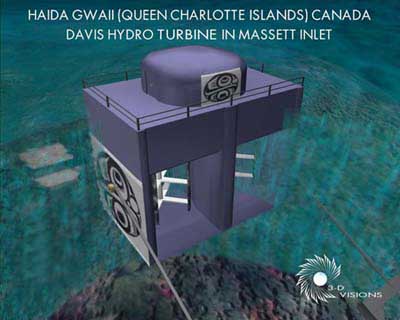
 no need for energy
storage
no need for energy
storage
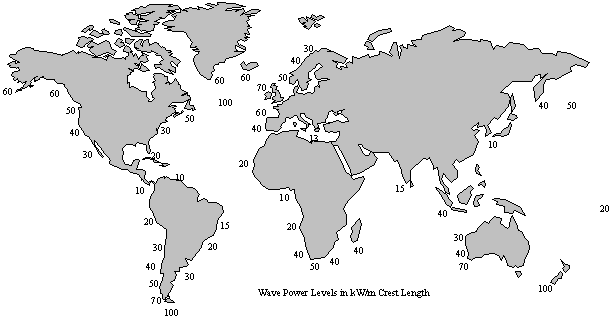
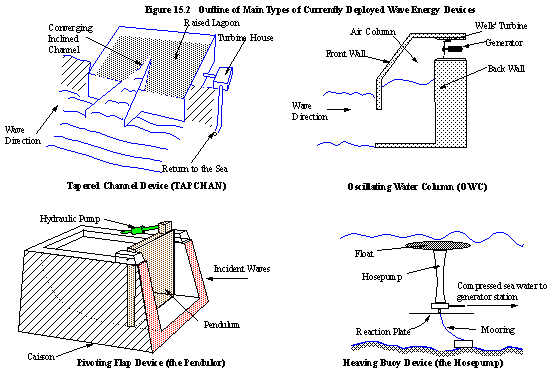
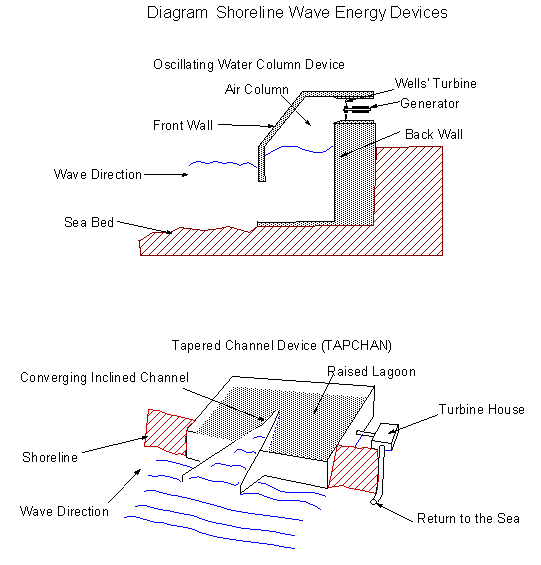
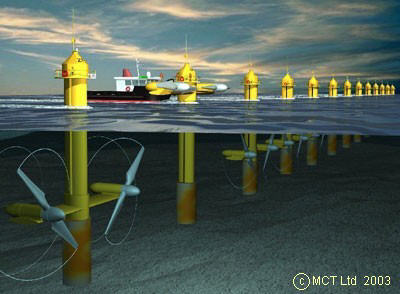
Extracts energy from the kinetic energy of the earth-moon-sun system.
Variations in water level along coastlines can be used to drive
turbines  technology is the same as low-head hydro power
technology is the same as low-head hydro power
Vertical tides on US coast range from 2 feet in Florida to more than 18 feet in Maine
To enhance efficiency of turbines driven by tidal currents, it is desireable to build a damlike structure across the mouth of a tidal basin in order to direct the flow to a turbine
Turbines designed for work at both high and low tide (inflow or outflow)
Intermittent tidal flow is major problem. Tidal facility produces about 1/3 the electrical energy of a hydro facility of the same peak capacity
Two tidal plants in the world:
 has 750 meter long dike to impound tides that can be as high
as 13 meters (!)
has 750 meter long dike to impound tides that can be as high
as 13 meters (!)

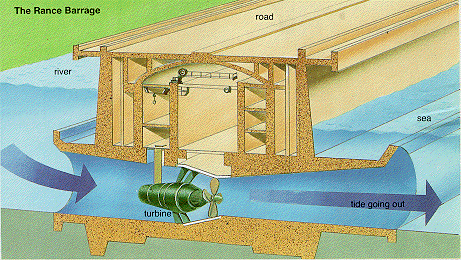
Proposed New Facilities:
Potential Sites in the US
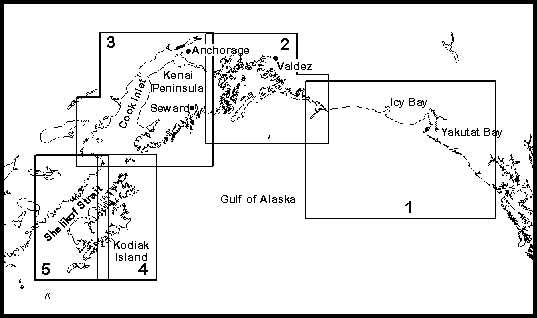
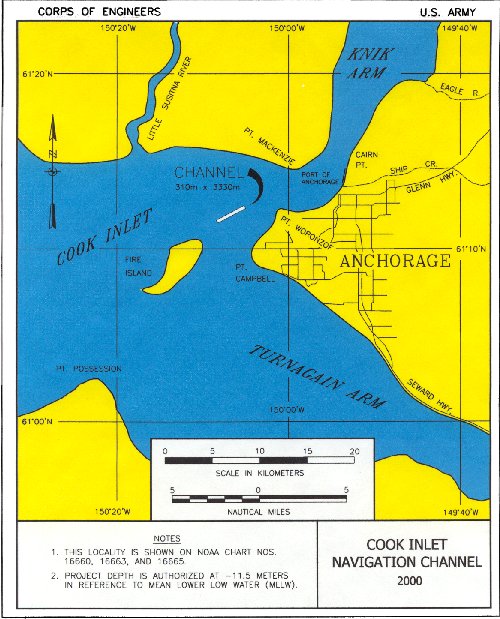
 most favorable site in the World
most favorable site in the World  would produce about
30,000 MW in total (1/2 for the US)
would produce about
30,000 MW in total (1/2 for the US)
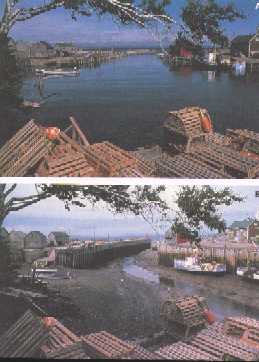
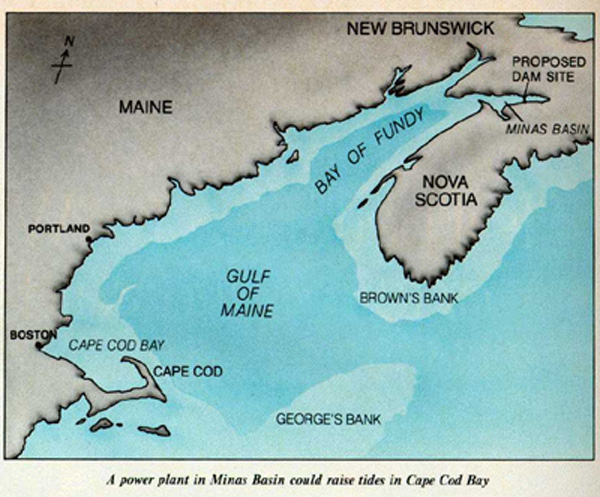
Bottom Line: There aren't many favorable sites in the world for tidal power and the estimated capacity is 50 times smaller than the world's hydroelectric power capacity.